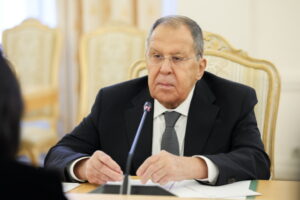The pervasive narrative about offshore wind in recent years has been that costs are falling and that wind power is cheap. But scratch below the surface and you find that things are not quite so rosy. Turbine manufacturers have been losing money hand over fist in recent years. Collectively over the past five years the top four turbine producers outside China have lost almost US$ 7 billion – and over US$ 5 billion in 2022 alone. Last year the chief executive of turbine-maker Vestas said that the company lost eight per cent on every turbine sold.
Some of these losses are down to warranty issues – this means the turbines have not performed as expected requiring the manufacturers to compensate windfarm developers and rectify problems. Privately this is attributed to the pressure for ever larger windmills which are harder to get right. Insiders now suggest that the growth in capacity per turbine has peaked, at least for the time being.
Is this the best Bigfoot sighting yet or just a bowhunter in a ghillie suit? (video)
But the losses have also been driven by pricing structures designed to win market share, and aggressive windfarm developers who have refused to pay up, often while pocketing billions in subsidies. The market has started to look, if not like a Ponzi scheme, then like a house of cards built on the shakiest of foundations. Turbine producers are all busily re-negotiating contracts and insisting on better terms to stem their losses, otherwise they will simply shift to other, more profitable, activities. This is putting pressure on developers who are now going cap in hand to governments, begging for more subsidies and more tax breaks, all of which must be paid for by tax-payers or bill-payers.
Continue here: The Telegraph
Ask me anything
Explore related questions





